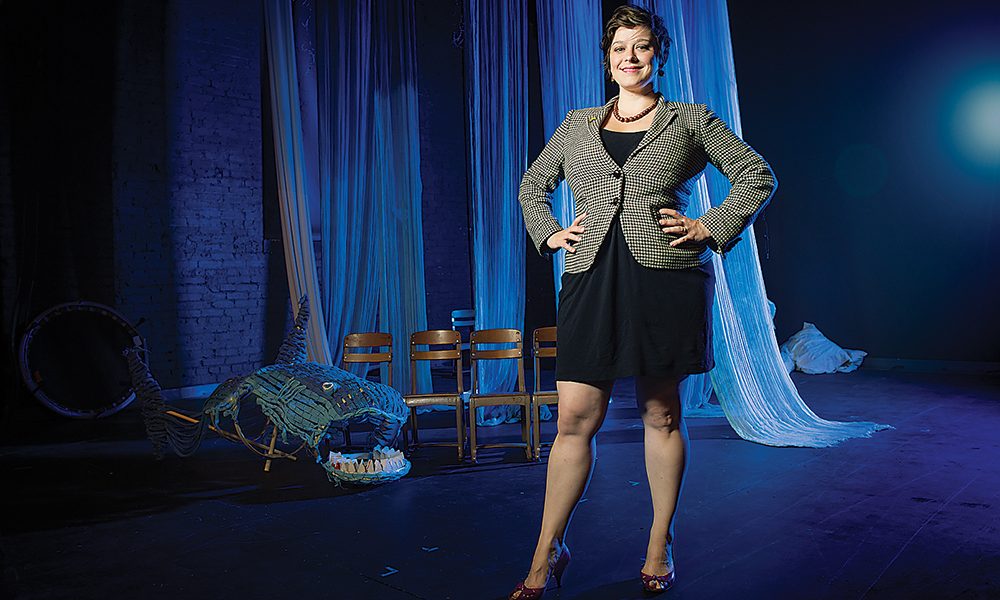Arts & Culture
Salad Days
Single Carrot Theatre celebrates its 10th season.
In 2006, “largest” was not an adjective Genevieve de Mahy would have ever thought to use to describe her fledgling theater company. But a lot can change in a decade, and today Single Carrot Theatre—the plucky, avant-garde troupe formed by Colorado college students who transplanted to Baltimore—is indeed the city’s largest alternative theater.
Now the artistic director, de Mahy laughs as she thinks about that evolution, but she understands what this new description means at such a pivotal time in their history. “Baltimore is a really interesting theater city because there are large institutions, like Everyman Theatre and Center Stage, and a lot of DIY theaters. We’re right in the middle of that,” she says. “We’ve gone through so much change in the past few years, and we’re asking ourselves, ‘What are the next 10? Where is our place in Baltimore as a lasting institution?’”
The changes during the last decade are apparent, and perhaps typical for a growing company. (Its name, by the way, comes from a quote by painter Paul Cézanne: “The day is coming when a single carrot, freshly observed, will set off a revolution.”)
Some of the founders moved on to other pursuits while the group bounced between spaces—in downtown, in Hampden, at the Load of Fun (now Motor House) building in Station North—and ultimately settled into a former tire shop in Remington, converting it into a 99-seat theater.
De Mahy thinks of the 10th season as an opportunity to expose Baltimore to more innovative works, like Promenade: Baltimore—audiences board a bus and watch actors perform at stops around the city. “We are only now at the point where we could think about doing a project of this scale,” de Mahy says. “We’re adamant that it not be a tourist ride. The idea is to showcase Baltimore neighborhoods, highlighting the drastically diverse landscape.”
It’s those kind of immersive experiences that keep Doreen Bolger, longtime patron and former director at The Baltimore Museum of Art, coming back. “The actors are almost in reach, and the audience is part of the performance,” she says. “Even in its new space, Single Carrot still has that connection. They’re highly professional, but still take risks.”
